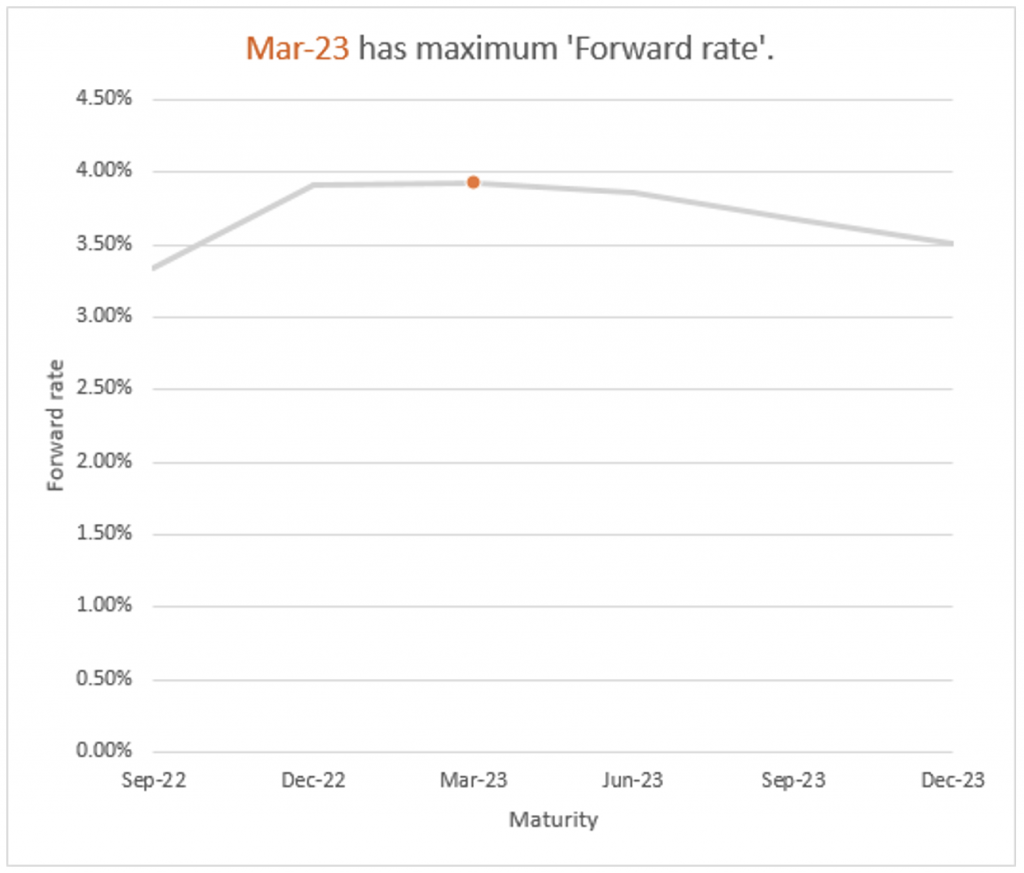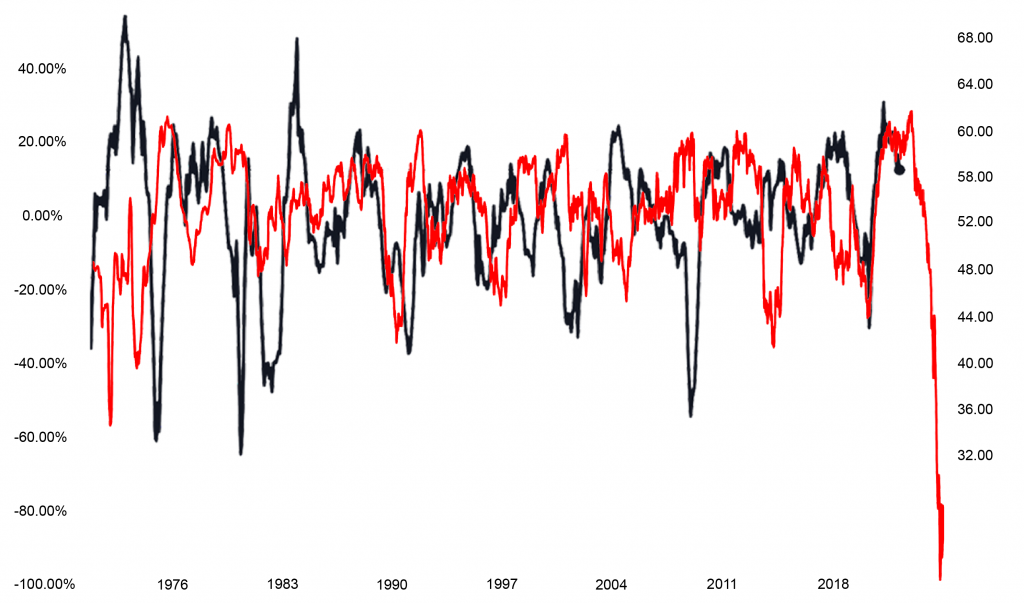As many of you know, America Mortgages offers two main ways to qualify to purchase or refinance investment real estate in the U.S. – either using personal income or using only the properties’ projected or actual rental income. For two main reasons, most of our clients use the latter. One, their income may be extremely complex or documented insufficiently, or two, they plan to move quickly with a streamlined, minimal documentation approach.
Difficult times call for creativity and common sense.
At the beginning of the year, qualifying based on rental income, otherwise known as DSCR was easy. Rates were low, rental yields were stable, and properties cash flowed on paper very easily. Since the beginning of the year, rates have continued to increase. Overall, rates remain historically low when you look at the U.S. mortgage market over the last 20 years. Rental yields have continued to climb to record levels, however, documenting these rental yields through an appraisal, which is how we underwrite these loans, has become increasingly challenging as there is typically a lag in rental comps to support the higher rents.
This presented our team with a problem; In the current environment, in order to qualify for a “standard” DSCR loan, clients were required to put more money down to keep the underwriting numbers in line. In general a DSCR loan requires the rental income listed in the appraisal to be greater than or equal to the mortgage payment. Unfortunately, it’s going to take time for rental appraisals to correlate with the higher rental yields, to where DSCR will be a viable option again. However, we have a solution…
Rejoice Global Investors…Introducing America Mortgages’ No-Ratio Mortgage Loans!
“No-Ratio loans,” have recently been introduced as options to help clients with minimal down payments to leverage a higher LTV without the constraints of waiting for rental yield to catch up. You might ask yourself – why would someone want to go into a loan knowing the property cash flow doesn’t cover the mortgage payment?
It’s a good question! This is common sense underwriting and as mentioned previously, the rental comps mentioned in the home’s appraisal sets the cash flow target. Rental comps are hard to measure; they are dependent on when tenants in your area have renewed their leases, are the renewed leases at market rent, etc. This measurement is often not the rental amount the client is buying the property for. It is very common to review an appraisal and see rental comps being used where rents haven’t been raised in years; this is likely because it’s a stable tenant, the landlord isn’t in need of maximizing the yield and prefers to keep a stable tenant – a problem when trying to get the maximum rental amount on an appraisal and a cash flow loan to work.
Here at America Mortgages, we put a lot of emphasis on figuring out the client’s plan for the property. How do the rental comps in the area look versus what their realtor believes they can rent it for? Are they buying for long-term rentals or short-term rentals? All of these questions plan into the type of mortgage program they will utilize – and now more than ever, it’s the no–ratio loan that allows them to avoid the hassle of counting on rental comps in appraisals and still put minimal down into the mortgage as possible – they also understand the ability to refinance the loan when rates improve in the future – which they will.
Bottom line, America Mortgages’ clients are sophisticated and seasoned U.S. real estate investor. Our U.S. loan officer based in 12 different countries know and understand the market. Better than anyone else. We listen to all our clients requests, and if possible we find a solution which fits the market and “makes sense”. No Ratio Mortgage Loans is such a solution!
Contact us today at [email protected] to speak to our team of U.S. mortgage specialists today!




